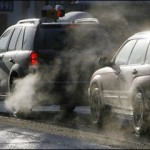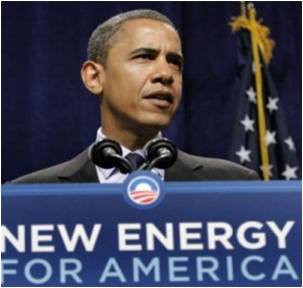- November 19th, 2010
- Aurielle Destiche
UCSD’s Green Fleet One of the Greenest Government Vehicle Fleets in US
The University of San Diego (UCSD) Fleet Services ranked 22nd in the Seventh Annual Government Green Fleet Awards, a competition of environmentally friendly vehicle-fleet operations that is open to all federal, state and local governments in North America. According to Rex Graham of UCSD, UCSD takes great pride in its green fleet, and looks forward to further reducing its fleet emissions and overall carbon footprint. UC San Diego’s Fleet Services ranked 22nd UC Davis’ vehicle fleet ranked fourth. The two UC campuses were the only college campuses ranked. The city of San Diego’s vehicle fleet ranked 19th.
A panel of judges based the ranking on performance in seven categories:
* The degree to which fleets are made up of hybrid, electric, and alternative-fuel vehicles.
* Use of renewable fuels.
* Planning that includes budgeting for future additions of green technologies.
* Use of vehicles that are appropriately sized for the required tasks.
* A high degree of utilization of all vehicles in the fleet.
* Executive and employee involvement in implementation of improved green technologies.
* Support programs such as recycling, applying for grants and maintenance-facility improvements.








